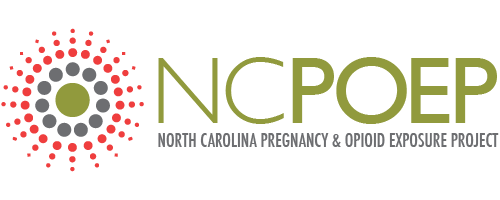Purpose & Disclaimer
This content is intended to be used for informational purposes only, and should not be considered as medical advice. For medical guidance, practitioners should consult the resources available through the American Academy of Pediatrics www.aap.org. This information is not intended as requirements for practitioners.
Acknowledgements
What follows has been adapted with permission from the Treatment of Opioid Dependence in Pregnancy: Vermont Guidelines. Neonatal Abstinence Syndrome has been edited by Melissa Godwin, LCSW and Mary Ellen Wright, PhD, APRN, CPNP
Neonatal Abstinence Syndrome Overview
Neonatal abstinence syndrome (NAS) refers to a constellation of signs in the newborn due to substance or medication withdrawal. In most cases, exposure to the substances occurs during pregnancy, but NAS also describes a syndrome that occurs secondary to withdrawal of opioids and sedatives given to neonates with serious medical conditions. Opioids (naturally occurring, synthetic and semi-synthetic) are the most common substances that create the signs and symptoms typically associated with NAS. NAS due to opioid exposure during pregnancy can occur as a result of a prescription for the ongoing treatment of pain, through medication-assisted therapy (either methadone or buprenorphine) for the management of an opioid use disorder, or due to an active opioid use disorder involving heroin or prescription opioids.



